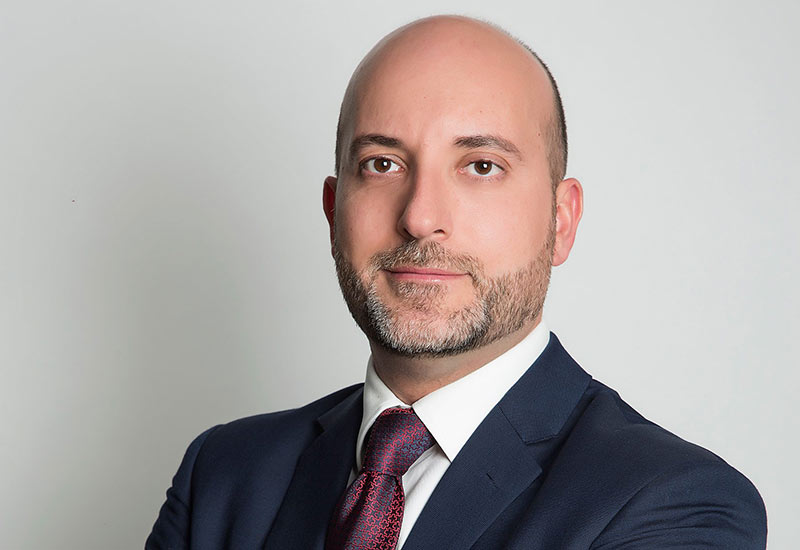The idea of this new bi-monthly column is to share some ideas and best practices on topics related to hotel real estate such as values, asset management initiatives and overall best practices, considering a different topic in each session.
Market Value Basics
Hotels are assets like any other real estate class, and therefore carry a value in companies’ balance sheets. This value always refers to the market value (MV) as this has a very clear and world-wide accepted explanation in both the Royal Institution of Chartered Surveyor (RICS) and in the International Valuation Standard Committee (IVSC).*
Market value is always defined as “the king of values” as all other value definitions (fair value, open market value, etc.) usually departs from MV for some of the components included in its definition.

| Advertisement |
Market Value versus Market Price
The usual misconception is that market value is the same as market price while, in fact, it is not. Market value represents the value of the asset while the second represents how much buyers are ready to pay for it. In certain (not rare) circumstances where markets are not perfectly transparent, or access to information is different amongst investors, or where buyers have very specific motivation or rationales, the gap between these two definitions might be extremely high.
A classic example in the hospitality industry is when a high net worth individual (HNWI) purchases a luxury hotel not based on a cash flow analysis but on the prestige associated in owning the property. This is a classic departure form a classic return on equity (ROE) being more of a ‘Return on Ego’.
How to calculate market value
The RICS requires all trade-related property (i.e. hotels, pubs and bars, restaurants, nightclubs, cinemas and theatres) to be valued through the profits method. This means valuers mostly use the so-called discount cash flow (DCF) methodology which calculates the value of the asset based on three set of data: estimate of future hotel’s profits (usually for a period of 10 years); estimate of the Terminal Asset Value (TAV) (usually at the end of year 10); discount factor used to convert the cash-flows in A and B into present term. If you want to increase the value of your hotel, you will need to work on any of these three areas (or all three if you want to maximise it).
Future hotel profits (NOIs): these cash flows are estimated starting from the expected occupancy and ADRs considering demand dynamics and supply pipeline, going into operational performance, down to a hotel’s net operating income (NOI). To increase these cash flows, a proper asset management team needs to be in place challenging operators in delivering same (or higher) occupancy levels at lower operational costs and increasing NOIs on a consistent basis. Once this is reflected in the hotel’s historical profit & loss accounts (P&Ls), all valuers will assume that those operational efficiencies are here to stay and therefore will carry these in the future, increasing the estimated NOIs: higher future cash flows, higher MV.
Terminal Asset Value (TAV): this is usually calculated as the expected cash flow in Year 11 divided by the estimated CapRate. CapRate is a number (usually a percentage) usually based on recent transactions (if this information is available) and the valuer’s expectation/risk assessment on the future cashflow of the property. Lower the CapRate, higher the TAV. Higher the TAV, higher the MV.
Discount Factor (WACC): estimated cash flows are discounted by a factor to convert future incomes in present terms. The factor traditionally used is the Weighted Average Cost of Capital (WACC). Please note valuers will use a standard, average WACC as achievable by any standard buyer in the market at the moment of the valuation. Lower the WACC, higher the MV.
In the next articles, we will concentrate on techniques and mechanism working in points A, B and C which will result in higher hotel’s market value.
On a final note, it is important to consider that MVs are not at all theoretical values. The cash-able aspect is more real than you might think. Truth is any owner can go anytime to any bank and ask for financing providing the hotel as collateral: if your hotel is valued 100m, you will likely receive 70m as financing; but if the value of your hotel is 150m, you might be receiving 105m. Would you prefer to receive additional 37.5m for the same asset?
About the Author: Giuliano Gasparini is chair of education board of HAMA MEA (Hotel Asset Management Association), Fellow at the Royal Institution of Chartered Surveyors (RICS), Committee Member of CRE (Counsellors of Real Estate) and Fellow at the Institute of Hospitality (FIH). Contact: www.linkedin.com/in/HospitalityAssetManagement









 Search our database of more than 2,700 industry companies
Search our database of more than 2,700 industry companies









